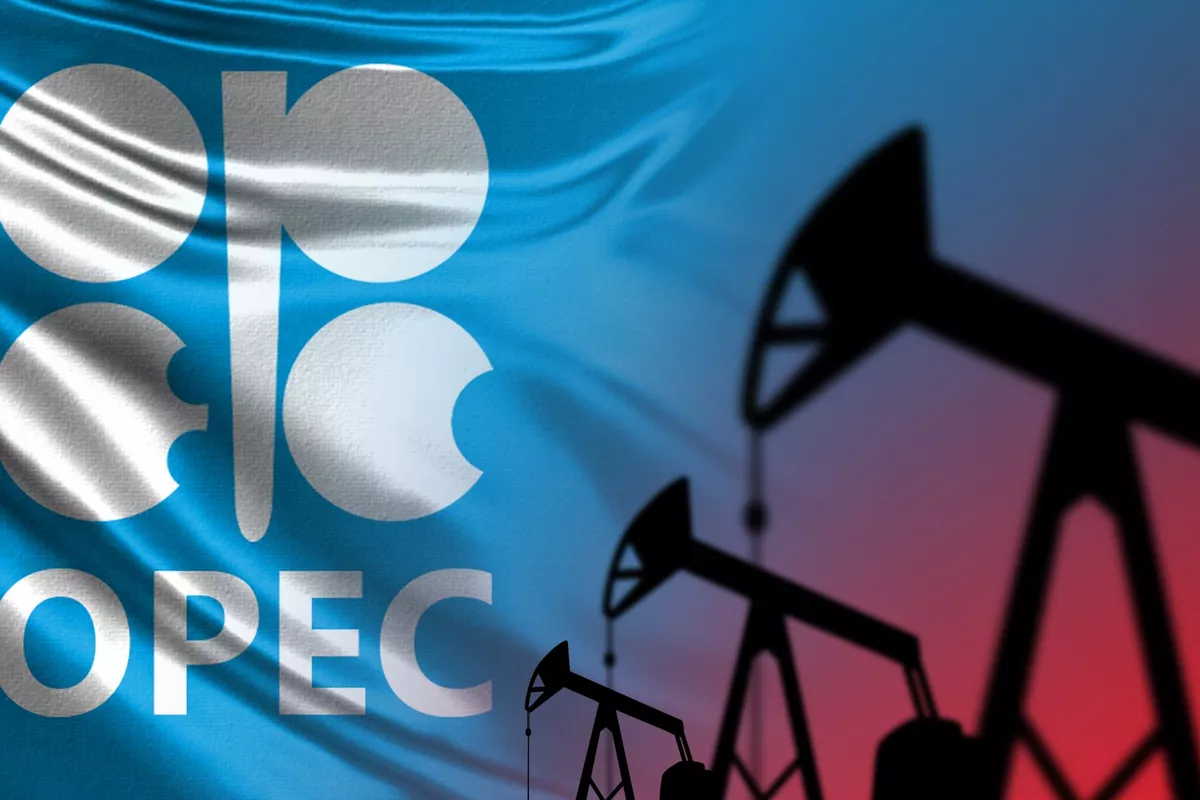
Photo credit: oilandgasmiddleeast.com
A statement posted on OPEC's website on Sunday revealed that Saudi Arabia, Russia, Iraq, the United Arab Emirates (UAE), Kuwait, Kazakhstan, Algeria, and Oman agreed to implement a production adjustment of 137,000 barrels per day during a virtual meeting on October 5.
“The eight OPEC+ countries, which previously announced additional voluntary adjustments in April and November 2023, namely Saudi Arabia, Russia, Iraq, UAE, Kuwait, Kazakhstan, Algeria, and Oman met virtually on 5 October 2025, to review global market conditions and outlook,” the statement noted, The Caspian Post reports citing foreign media.
“In view of a steady global economic outlook and current healthy market fundamentals, as reflected in the low oil inventories, the eight participating countries decided to implement a production adjustment of 137,000 barrels per day from the 1.65 million barrels per day additional voluntary adjustments announced in April 2023,” it added.
The statement highlighted that this adjustment will be implemented in November. According to a table accompanying the statement, Saudi Arabia and Russia’s adjustment amounts to 41,000 barrels per day, each. Iraq’s comes to 18,000 barrels per day, the UAE’s is 12,000 barrels per day, Kuwait’s is 10,000 barrels per day, Kazakhstan’s is 7,000 barrels per day, Algeria’s is 4,000 barrels per day, and Oman’s is 4,000 barrels per day, the table outlined.
The table highlighted that November 2025 “required production” is 10.061 million barrels per day for Saudi Arabia, 9.532 million barrels per day for Russia, 4.255 million barrels per day for Iraq, 3.399 million barrels per day for the UAE, 2.569 million barrels per day for Kuwait, 1.563 million barrels per day for Kazakhstan, 967,000 barrels per day for Algeria, and 808,000 barrels per day for Oman.
“The 1.65 million barrels per day may be returned in part or in full subject to evolving market conditions and in a gradual manner,” the OPEC statement said.
“The countries will continue to closely monitor and assess market conditions, and in their continuous efforts to support market stability, they reaffirmed the importance of adopting a cautious approach and retaining full flexibility to pause or reverse the additional voluntary production adjustments, including the previously implemented voluntary adjustments of the 2.2 million barrels per day announced in November 2023,” it added.
“The eight OPEC+ countries also noted that this measure will provide an opportunity for the participating countries to accelerate their compensation. The eight countries reiterated their collective commitment to achieve full conformity with the Declaration of Cooperation, including the additional voluntary production adjustments that will be monitored by the Joint Ministerial Monitoring Committee,” it continued.
“They also confirmed their intention to fully compensate for any overproduced volume since January 2024,” it went on to state.
The OPEC statement also highlighted that the eight OPEC+ countries will hold monthly meetings “to review market conditions, conformity, and compensation”. It added that the eight countries will meet again on November 2.
In a Skandinaviska Enskilda Banken AB (SEB) report sent to Rigzone by the SEB team on Monday morning, SEB Chief Commodities Analyst Bjarne Schieldrop outlined that the oil price was “down on fear for too much oil from OPEC+” but added that it was “rebounding 1.2 percent [today] as the increase wasn’t as bad as feared”.
“This morning Brent is jumping 1.2 percent to $65.3 per barrel on the back of the decision by OPEC+ yesterday to only lift the quota by 137,000 barrels per day in November rather than the feared rapid increase of 500,000 barrels per day,” Schieldrop noted in the report.
“This tells the market several things. For one that the group is indeed to some degree cautious in terms of lifting the quotas further from here,” he said.
“The group is not recklessly opening the floodgates and crashing the price. But it also tells us that at a price of $64.5 per barrel (the closing price on Friday) and amid increasingly weakening of the crude curve structures (disappearing front-end backwardation), the group will continue to lift its quotas gradually,” he continued.
“The group’s pain point price is thus lower than $64.5 per barrel, so we are on a steady course lower unless we experience unexpected outages,” Schieldrop warned.
In an oil market update sent to Rigzone by the Rystad Energy team on Sunday, Susan Bell, Rystad Energy Senior Vice President, Commodity Markets - Oil, said, “the market has flipped from tight to tepid, with further production increases from OPEC+ testing price support”.
“Supply is only moving in one direction, and with demand weakening, the remainder of 2025 will be a one-two punch for crude prices,” Bell warned.
In the update, Bell stated that global liquids balances have shifted decisively into surplus after a period of tightness that began mid-2024 through 2025.
“The key turning point has been the steady unwinding of OPEC+ production cuts, which are set to add close to 2.5 million barrels per day of supply in the second half of 2025, combined with continued resilience in non-OPEC+ growth,” Bell said in the update.
“This isn’t a blip; it’s a clear evolution as we approach 2026,” Bell warned.
“The implications extend well beyond the remainder of this year, with 2026 set to inherit both higher stock levels and looser fundamentals, placing sustained pressure on crude prices,” Bell went on to state.
Rigzone has contacted OPEC for comment on the SEB report and Rystad oil market update. At the time of writing, OPEC has not responded to Rigzone.
Share on social media
